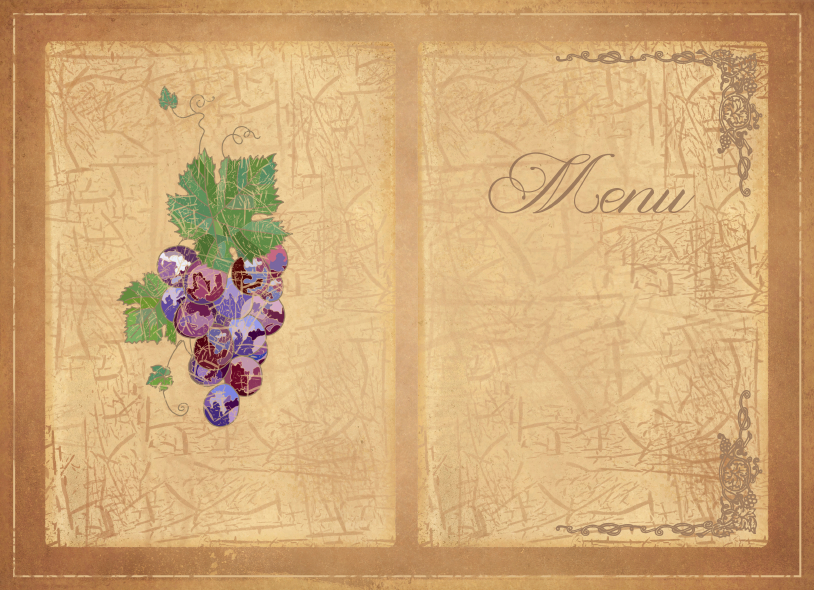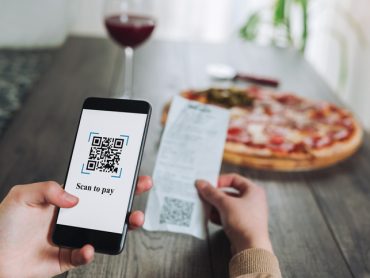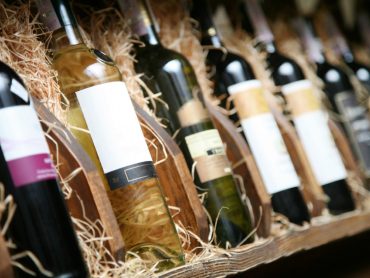In Vino Veritas Part XXXVIII: A Wine List Time Capsule
A friend’s cookbook gift unearthed a remarkable bonus: a 50 year old wine list from a luxury East Coast resort. Half a century ago, in 1966, I was not even of legal drinking age, nor had I any inkling of the varieties of wine available for purchase. At the time, my parent’s wine habits consisted of ‘red’ or ‘white,’ while the Californian wine industry was basically a volume business of jug wines at low prices. Drinking fine wine was clearly a fringe experience reserved for the finest restaurants and aristocratic palates. Oh, how times have changed!
So, how did they sell wine half a century ago? As a ‘primary source’ for historical research, this wine list gives us some strong evidence. First, there is a detailed description about each of the types of wines with grapes and growing regions. Rarely have I seen such a voluminous text inclusion on any modern wine list.
Next, within each wine type and region, bottles are sorted in price order with key features identified. Many half bottles are available as well, far more than what would be currently offered. The products available include only two American vintages while all the remaining offerings are from France and Germany, underscoring how wine production has evolved since then. Lastly, there is a final section entitled ‘Some of the Rarest Wines in the World’ with an introductory paragraph that makes them feel more like circus oddities than exquisite drinking experiences.
Today, North American tastes for wine have been well educated and the array of available product options has expanded exponentially. A typical wine list at a 4 or 5 star property will run many pages, potentially intimidating to the novice drinker but also intriguing to those who are interested in exploring the many facets of this miraculous liquid.
What is most interesting about the wine list is the pricing. The lowest prices for full bottles are the two rosés, both at $3.60. The most expensive was a Chateau Margaux 1929 for $35. But, you could have saved money and bought the 1964 vintage for only $18. Interestingly, the ratio of most expensive to cheapest is roughly 10:1.
One can’t help but note the significant rise in pricing at the ultra high-end; we are probably at a range-price ratio of nearly 1000:1 by now. Just examine your latest wine list. If your lowest offering is (say) $35, what do you offer for $175 or $350? Like everything in life, the best continues to be sought out with vigorous demand and the scarce are only becoming scarcer. Some things change for the better, though. Just consider the shock of not having Californian wines readily available for stocking (at least in a North American capacity).
Moreover, reflecting on the past can help us predict the future. As wine awareness increases, more and more previously taboo regions will become acceptable for consumption. Ask people what they thought of Californian wines in 1966 and they might scrunch their noses. Nowadays, they lick their lips.
In the past two decades, we have seen a similar growth and acceptance of Argentine, Australian, Chilean, New Zealand and South African wines. What will the next 20 years bring us? Oregon now makes Pinot Noirs that rival Napa in all but prestige and price. The Finger Lakes are experimenting with Baco Noir to elevate that varietal above jug status. I hear that Lebanon and Northern Israel are bringing viticultural decadence back to the Levant, a region where wine has been exalted for over six millennia. A little birdie told me that even Mexico has a small but burgeoning wine culture. And Eastern European nations like Hungary, Romania, Georgia and Bulgaria are finally emerging from their communist doldrums to globally export some truly delightful bottles.
Lastly, what can we extrapolate about wine prices in the coming decades? If the past 50 years have been any indications, expect the high-end to only go higher. And this makes sense as worldwide appreciation increases – an effect most pronounced by the recent proliferation of Chinese demand for fine wines. What will happen when wine reaches similar levels of popularity in India, another country of over a billion souls? That 1000:1 ratio might reach 10000:1 by the time my tongue gives out.
In conclusion, the world of wine is only getting larger and more elaborate. If you plan to use this beverage as a means for more restaurant revenues and increased guest satisfaction, you best stay on top of the trends as you never know where the next big thing will come from.
If you would like to see the entire 1966 wine list, email Larry at larry@lma.ca and he will gladly send you a PDF.
(Article by Larry Mogelonsky, published in HOTELS Magazine on September 22, 2015)




